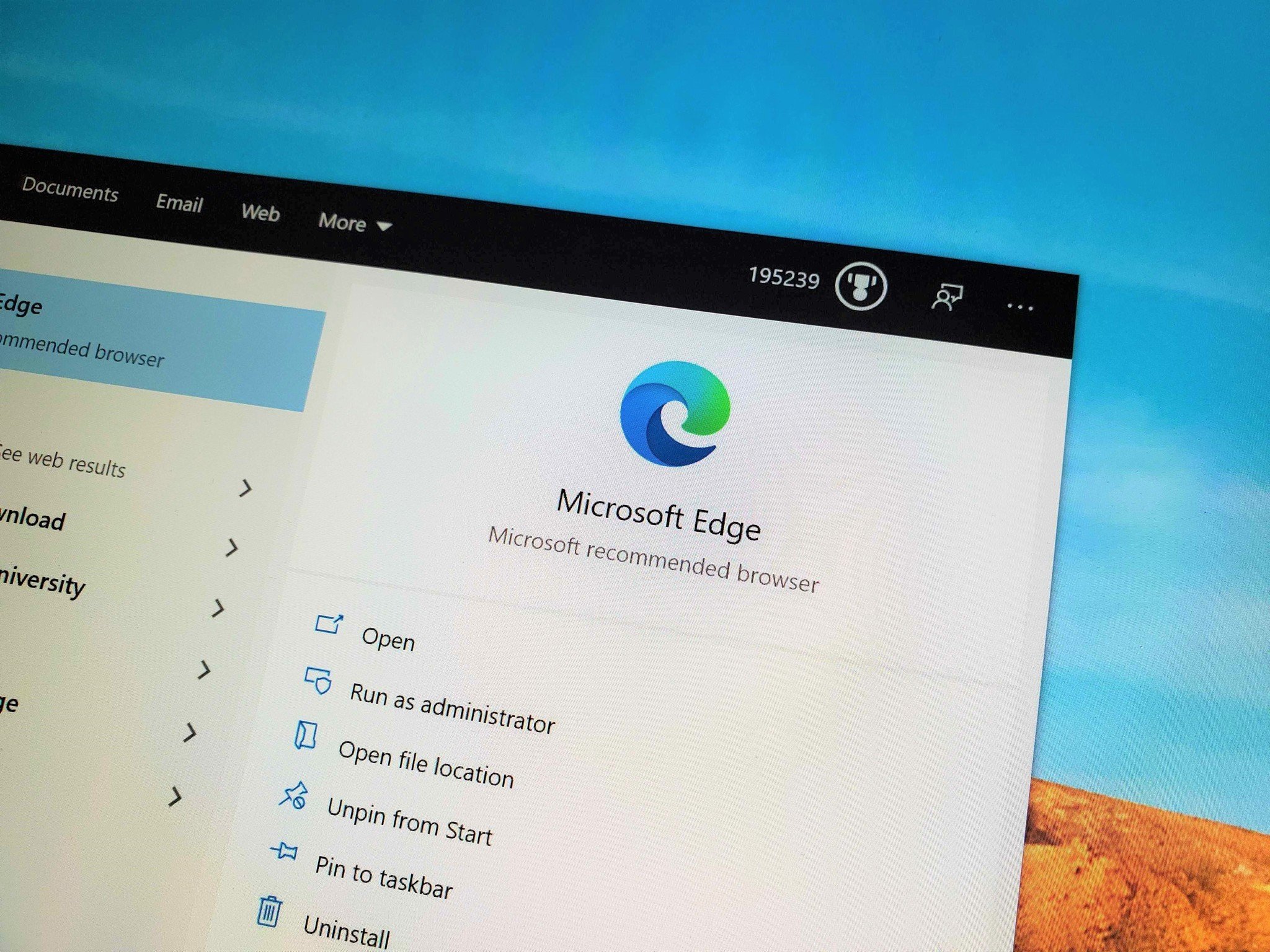Microsoft Edge shuts up one of the web's most annoying features
Finally, there's an automatic and easy way to hide prompts for notifications on the web.

What you need to know
- Microsoft Edge now has a feature that quiets notification requests from webpages.
- The feature is on by default starting with Microsoft Edge 84.
- You can disable the feature within Edge's settings if you prefer.
Giant prompts from websites asking if you'd like to receive notifications are some of the most annoying things on the internet, according to feedback Microsoft received. Microsoft's exact words in a recent blog post are that people find them "bothersome and distracting." Microsoft points out that while website notifications have a place, especially with calendar apps and PWAs used for communication, they're often unwanted. Additionally, the prompts often appear immediately upon visiting a website. Starting with Microsoft Edge 84, prompts for notification requests will appear quietly in the address bar.
The feature is called Quiet notification requests, and it's on by default starting with Microsoft Edge 84. You can turn the feature off by going to "edge://settings/content/notifications" if you'd like. While enabled, people will see a small bell icon with a notification rather than a large flyout.
Microsoft explains that this feature is now on by default due to the high volume of user feedback about unwanted notification prompts.
Microsoft also explains that its exploring having flyout prompts appear when "data suggests users find a given site's notification request valuable." For example, someone might want Slack or Microsoft Teams to ask if they'd like to receive notifications but might not want it from a random news website.
In addition to the Quiet notifications feature, Microsoft also changed the behavior of "high priority" toast notifications. These notifications won't go away until a person interacts with them. Starting in Microsoft Edge 85, these types of notifications will go away automatically after 25 seconds. They'll then appear within the Windows Action Center.
All the latest news, reviews, and guides for Windows and Xbox diehards.

Sean Endicott is a tech journalist at Windows Central, specializing in Windows, Microsoft software, AI, and PCs. He's covered major launches, from Windows 10 and 11 to the rise of AI tools like ChatGPT. Sean's journey began with the Lumia 930, leading to strong ties with app developers. Outside writing, he coaches American football, utilizing Microsoft services to manage his team. He studied broadcast journalism at Nottingham Trent University and is active on X @SeanEndicott_ and Threads @sean_endicott_.
